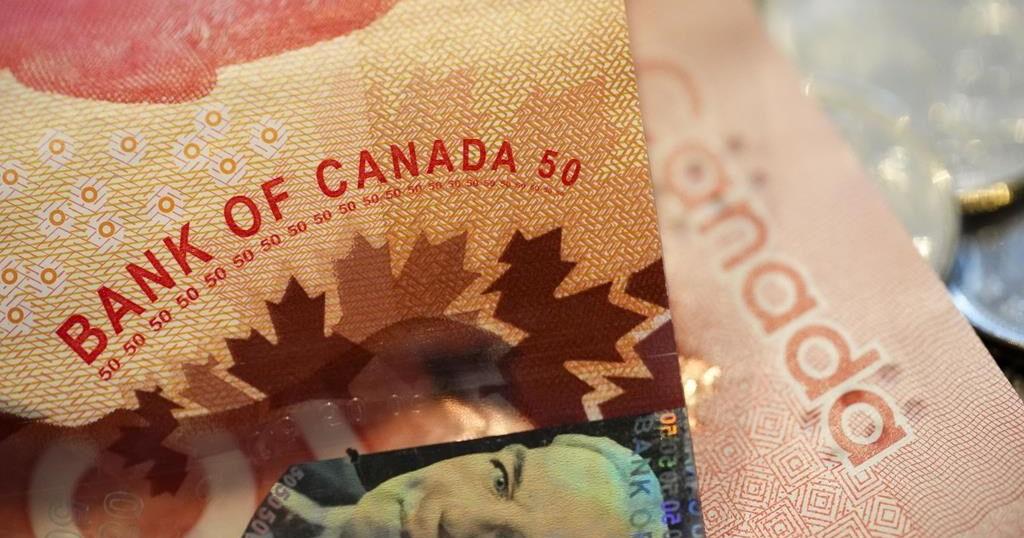Investment
Amazon raises investment in India to $26 billion by 2030

NEW DELHI, June 23 (Reuters) – Amazon.com Inc (AMZN.O) said on Friday it will take its investments in India to $26 billion by 2030, adding $6.5 billion in new planned investments in an announcement made after CEO Andy Jassy met Prime Minister Narendra Modi in the United States.
Though Jassy gave no breakdown, the announcement follows Amazon’s cloud computing unit Amazon Web Services (AWS) saying last month it will invest 1.06 trillion rupees ($12.9 billion) in the country by the end of 2030.
Earlier, Amazon had announced a $6.5 billion investment plan, largely to boost its e-commerce business where it competes with Walmart’s Flipkart and billionaire Mukesh Ambani’s Reliance Retail.
The new investment amount committed now comes to around an additional $6.5 billion.
The e-commerce giant’s announced investment during Modi’s trip adds to other companies, including U.S. semiconductor toolmaker Applied Materials and memory chip firm Micron Technology, which have made commitments during the Indian prime minister’s state visit.
Modi and Jassy spoke about supporting Indian startups, creating jobs, enabling exports, digitisation, and empowering individuals and small businesses to compete globally, an Amazon blog post said.
Separately, Google (GOOGL.O) will open a global fintech operation center in GIFT City in India’s western state of Gujarat, with teams working on operations supporting its payment service GPay, and other product operations at Google, the company said in a statement to Reuters.
“We shared Google is investing $10 billion in the India digitisation fund, and we are continuing to invest through that,” CEO Sundar Pichai told reporters in a video shared on Twitter by Reuters partner ANI company.
On the final day of his Washington trip, Modi met with U.S. and Indian technology executives, including Apple’s (AAPL.O) Tim Cook, Google’s Pichai and Microsoft’s (MSFT.O) Satya Nadella and appealed to global companies to “Make in India”.
Our Standards: The Thomson Reuters Trust Principles.

Economy
S&P/TSX composite down more than 200 points, U.S. stock markets also fall

TORONTO – Canada’s main stock index was down more than 200 points in late-morning trading, weighed down by losses in the technology, base metal and energy sectors, while U.S. stock markets also fell.
The S&P/TSX composite index was down 239.24 points at 22,749.04.
In New York, the Dow Jones industrial average was down 312.36 points at 40,443.39. The S&P 500 index was down 80.94 points at 5,422.47, while the Nasdaq composite was down 380.17 points at 16,747.49.
The Canadian dollar traded for 73.80 cents US compared with 74.00 cents US on Thursday.
The October crude oil contract was down US$1.07 at US$68.08 per barrel and the October natural gas contract was up less than a penny at US$2.26 per mmBTU.
The December gold contract was down US$2.10 at US$2,541.00 an ounce and the December copper contract was down four cents at US$4.10 a pound.
This report by The Canadian Press was first published Sept. 6, 2024.
Companies in this story: (TSX:GSPTSE, TSX:CADUSD)
The Canadian Press. All rights reserved.
Economy
S&P/TSX composite up more than 150 points, U.S. stock markets also higher

TORONTO – Canada’s main stock index was up more than 150 points in late-morning trading, helped by strength in technology, financial and energy stocks, while U.S. stock markets also pushed higher.
The S&P/TSX composite index was up 171.41 points at 23,298.39.
In New York, the Dow Jones industrial average was up 278.37 points at 41,369.79. The S&P 500 index was up 38.17 points at 5,630.35, while the Nasdaq composite was up 177.15 points at 17,733.18.
The Canadian dollar traded for 74.19 cents US compared with 74.23 cents US on Wednesday.
The October crude oil contract was up US$1.75 at US$76.27 per barrel and the October natural gas contract was up less than a penny at US$2.10 per mmBTU.
The December gold contract was up US$18.70 at US$2,556.50 an ounce and the December copper contract was down less than a penny at US$4.22 a pound.
This report by The Canadian Press was first published Aug. 29, 2024.
Companies in this story: (TSX:GSPTSE, TSX:CADUSD)
The Canadian Press. All rights reserved.
Investment
Crypto Market Bloodbath Amid Broader Economic Concerns
-

 News9 hours ago
News9 hours agok.d. lang gets the band back together for Canadian country music awards show
-

 News9 hours ago
News9 hours agoNATO military committee chair, others back Ukraine’s use of long range weapons to hit Russia
-

 News9 hours ago
News9 hours ago‘Challenges every single muscle’: Champion tree climber turns work into passion
-

 News8 hours ago
News8 hours agoCavaliers and free agent forward Isaac Okoro agree to 3-year, $38 million deal, AP source says
-

 News8 hours ago
News8 hours agoLiverpool ‘not good enough’ says Arne Slot after shock loss against Nottingham Forest
-

 News9 hours ago
News9 hours agoMPs to face new political realities on their return to Ottawa
-

 News9 hours ago
News9 hours agoAir Canada, pilots still far apart as strike notice deadline approaches
-

 News8 hours ago
News8 hours agoToronto police investigating fatal stabbing in the city’s west end as homicide






















